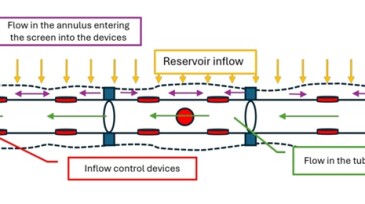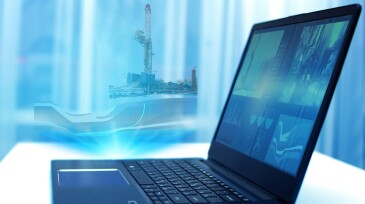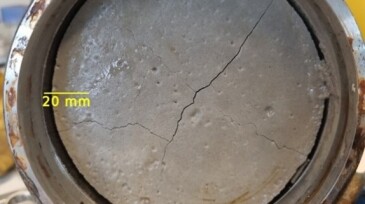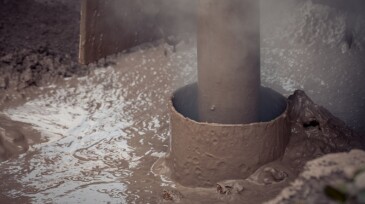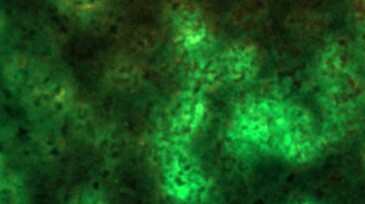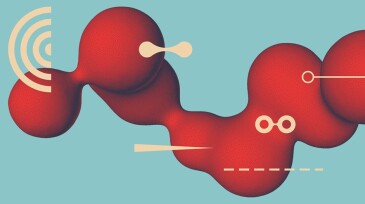-
A field test study examines micro turbine drilling in a clay formation that allows steel casing and formation to be drilled in a single operation.
-
This paper compares various drainage strategies and well completion configurations on the installation of inflow control technology by considering energy efficiency.
-
This paper presents the development of a digital tool for automatically analyzing the readiness of a borehole to accept casing. The tool integrates data-driven and physics-based models to indicate locations of risk along the wellbore.
-
This paper expands the understanding of geopolymer/microsphere interactions and presents design considerations for alternative cementing materials under low-temperature regimes.
-
A 2D computational fluid dynamics model is extended to a 3D submodel and validated to provide detailed information on the state of the standing valve as a function of time to assist in sucker rod pump design and operation.
-
Developing the theory of mechanical specific energy from the perspective of instantaneous drilling power rather than the compressive strength of the formation leads to an improved understanding of drill-bit mechanical efficiency.
-
This paper presents the characterization and comparison of a metakaolin-based geopolymer as a candidate treatment for remedial operations in oil and gas wells versus conventional state-of-the-art materials.
-
This paper presents the development of a robust, physics-based, and data-driven workflow for modeling mud loss in fractured formations and predicting terminal mud loss volume and time, as well as equivalent hydraulic fracture aperture.
-
This comprehensive study on microbial control in unconventional facilities allows for the integration of molecular microbiology, chemical treatments, and production engineering to develop specific strategies to control microbial communities and reduce corrosion rates that affect the integrity of the facilities.
-
This paper studies the effect of salinity and hardness on partially hydrolyzed polyacrylamide rheology in sandstones with relevance to polymer flooding models and simulations.
Page 1 of 6


